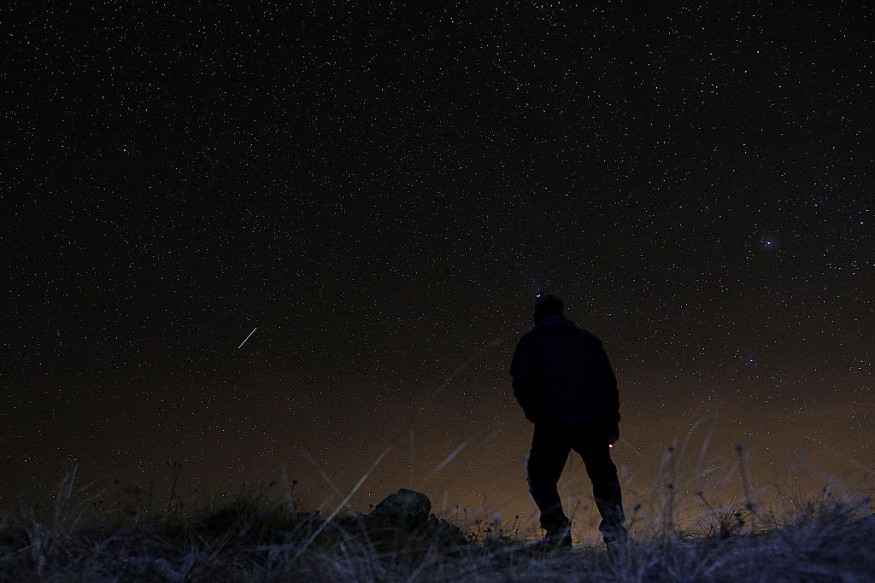The American Meteor Society announced that the imminent climax of the Geminid meteor shower, hailed as the best celestial event of the year, brings the promise of witnessing as many as 120 "shooting stars" per hour during its peak hours.
Distinguished by its origin from an asteroid, unlike other meteor showers linked to comets, the Geminids not only stand out as the most abundant but also boast a vibrant array of colors, ranging from white and yellow to the possibility of witnessing green-hued "shooting stars." Here's a guide on when, where, and how to observe the Geminid meteor shower in 2023.

Geminid Meteor Shower Peak: When, and Where
The Geminid meteor shower is set to reach its peak at 8 p.m. EST on Dec. 13 (0100 GMT on Dec. 14), providing a celestial spectacle in the Northern Hemisphere.
While the annual event, spanning from Nov. 19 to Dec. 24, is less renowned than the August Perseid meteor shower, its colder weather setting contributes to its unique appeal.
For North America, the timing is ideal. A new moon on Dec. 13 will ensure exceptionally dark skies for the Geminid peak night. Moreover, the radiant point of the shower, located in the constellation Gemini, will be high above the horizon shortly after sunset. This positions the peak viewing time when the Geminids are at their best.
Meteor showers result from dust and debris left in the inner solar system by comets or, in the case of the Geminids, asteroids. Although associated with the constellation Gemini, the stream of material causing the shower is directionally linked but otherwise independent.
As Gemini ascends high above the horizon around 22:00, so do the "shooting stars," making it sensible to gaze toward the southeast, but their appearance can manifest anywhere in the night sky.
How To See the Geminid Meteor Shower
Geminid meteors are characterized by their brightness and high speed, often appearing yellow, although they can also exhibit white or green hues, marking the sole multicolored shooting star display of the year. Unlike other major meteor showers triggered by comets, the Geminids result from an asteroid, 3200 Phaethon, not composed of icy dust particles but rock.
Measuring around 3.2 miles (5.1 kilometers) in diameter, this asteroid, with an orbit of 1.4 years around the sun, may have originated from a comet and now forms a comet-like tail, leaving meteoroids in the inner solar system. Traveling at a rapid 21 miles per second (34 kilometers per second), these shooting stars are created when meteoroids burn up upon entering Earth's atmosphere.
For optimal meteor shower viewing, follow NASA's guidelines: escape urban light pollution, seek an unobstructed view of the night sky, dress warmly for potential cold, exercise patience, and observe for at least half an hour, ideally from a reclining chair or ground pad.
More so, refrain from using telescopes or binoculars as they diminish the chances of spotting "shooting stars." Additionally, preserve night vision by avoiding cellphones and white light; opt for red light instead.
While meteor showers are best observed with the naked eye, NASA suggests considering top-notch stargazing binoculars or a small telescope for those delving into skywatching to fully appreciate the upcoming year's celestial phenomena.
RELATED ARTICLE:
Halley's Comet Brings Orionid Meteor Shower This Weekend: Here's How To Watch This Stargazing Marvel
Check out more news and information on Space in Science Times.
© 2025 ScienceTimes.com All rights reserved. Do not reproduce without permission. The window to the world of Science Times.









